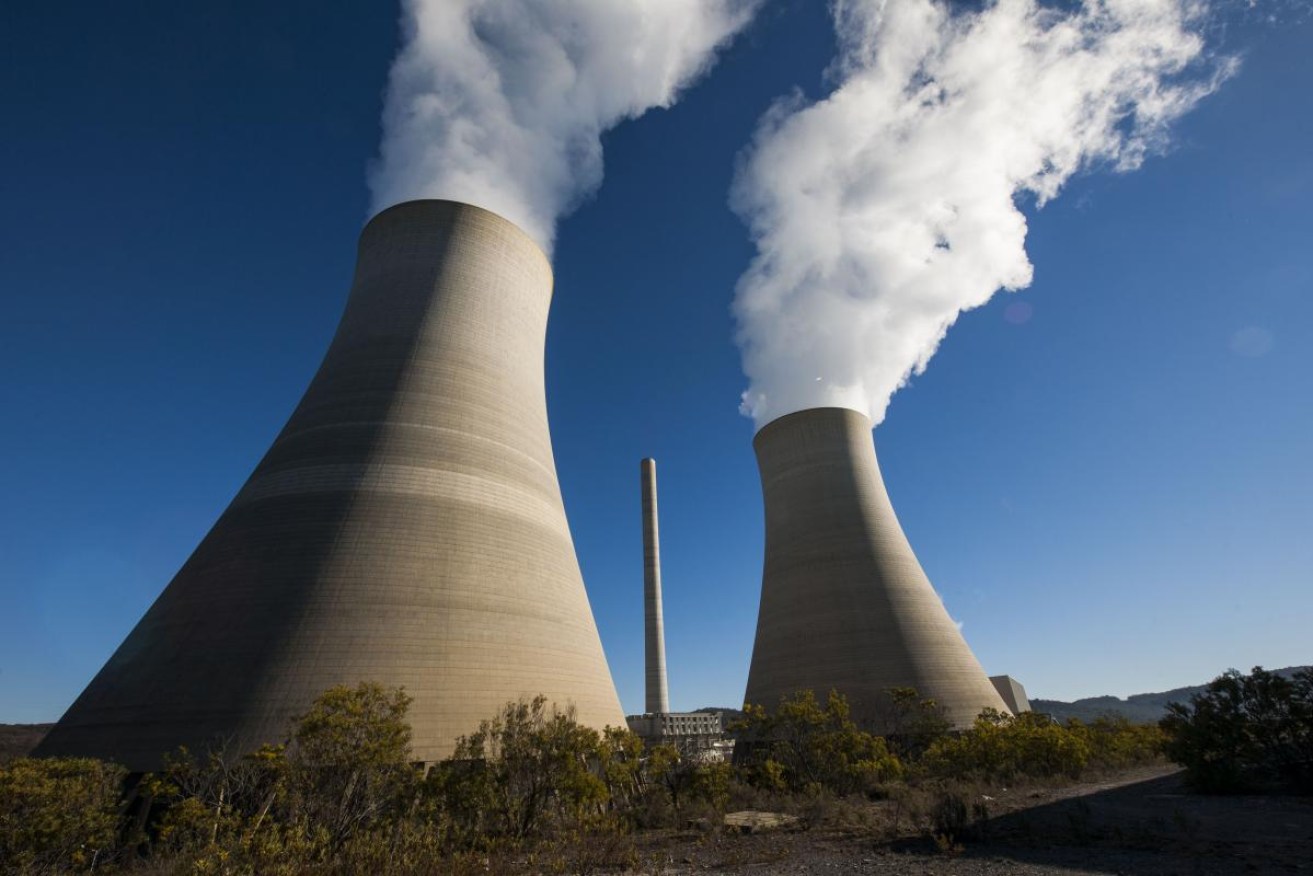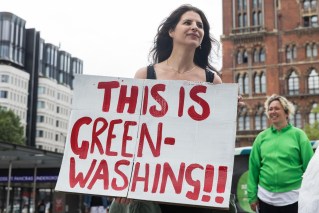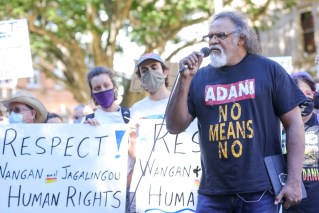Power stations closing faster than planned, so how do we keep lights on?
Urgent investment is needed to support new sources of affordable electricity in the coming decade, when 90 per cent of coal-fired generation will cease.

Faster than expected closure of power stations is raising questions about whether, and when, renewables can take up the slack. (file image)
The latest modelling, released by the Australian Energy Market Operator (AEMO) on Friday, shows coal power plants are closing earlier than planned and people are electrifying their homes at a faster rate.
Upgraded power systems will be capable of running, at times, entirely on renewable energy, according to system planning.
But businesses and industry are expected to need more energy not less as they double their grid electricity consumption in a growing, decarbonising economy.
Under AEMO’s most likely “step change” scenario, the annualised capital cost of all generation, storage, firming and transmission infrastructure has a present value of $121 billion.
But it would save consumers additional costs of $17 billion over time, according to the modelling.
An Integrated System Plan (ISP) is prepared every two years and the latest draft, to be finalised next year, reflects a change of federal government and a slew of announcements on rewiring the nation and support for new energy assets.
But there are fears that Australia is falling behind on required investment, hampered by red tape, community uncertainty and fierce competition for equipment and workers amid a global push to replace fossil fuel-fired networks.
The demand for energy sector workers is forecast to grow from 40,000 people in 2023 to a peak of over 70,000 by 2050. This workforce is needed across every discipline, not just engineering.
The possibility that replacement generation is not available when coal plants retire is “real and growing, and a risk that must be avoided,” the AEMO report said.
Electricity remains the largest source of Australia’s greenhouse gases so switching from a coal-fired network to a system dominated by renewable sources is intended to do the heavy lifting on national emissions reduction targets.
The sooner renewables and energy storage are connected, the more secure the energy transition will be, officials found.
AEMO reiterated the “lowest-cost” mix is renewable energy, connected by transmission, supported by batteries and pumped hydro, and backed up by fast-start gas-powered generation.
CEO Daniel Westerman said the draft plan for 2024 highlights the “urgency for investment” to ensure Australians have access to safe, reliable and affordable energy.
“Gaining the trust of regional and rural communities is essential to avoid the risk of essential infrastructure not being built before coal-fired generators close,” he said.
“While progress is being made, the transition is urgent and faces significant risks if market and policy settings, social licence and supply chain issues are not addressed.”
He said the plan shows a need for 5000km of transmission, triple renewable generation and double dispatchable storage, hydro and gas-powered generation – within the next decade.
Almost 10,000 km of new and upgraded transmission is needed by 2050, with a quarter underway and half to be built in the next decade.
A tripling of grid-scale variable renewable generation is needed by 2030 (57 gigawatts) and a seven-fold increase by 2050 (126 GW).
Almost four times the firming capacity from dispatchable storage, hydro and gas-powered generation must be added by 2050 (74 GW).
Rooftop solar, batteries and electric vehicles also play a role in supporting energy reliability and a two-way flow of energy.
A four-fold increase in rooftop solar capacity by 2050 (72 GW) will require smart meters and other technology to get the most value and control for consumers and market operators.
Climate Change and Energy Minister Chris Bowen said AEMO’s report shows that households and businesses are rapidly installing clean, cheap solar and electrifying their homes and transport.
“We need a reliable grid that supports that changing energy profile,” he added.
The Climate Council agreed rapid investment in renewable energy was need to secure supply.
“The 2024 ISP tells us it is time to leave coal-fired power in the past,” the council’s environmental economist Tim Nelson said.
“Australia is a lucky country – we’ve got some of the best solar and wind resources in the world. It’s a smart play for us to power our country off clean energy.”
Public submissions on the draft 2024 ISP are due by February 16, with the plan to be finalised by June 2024.












